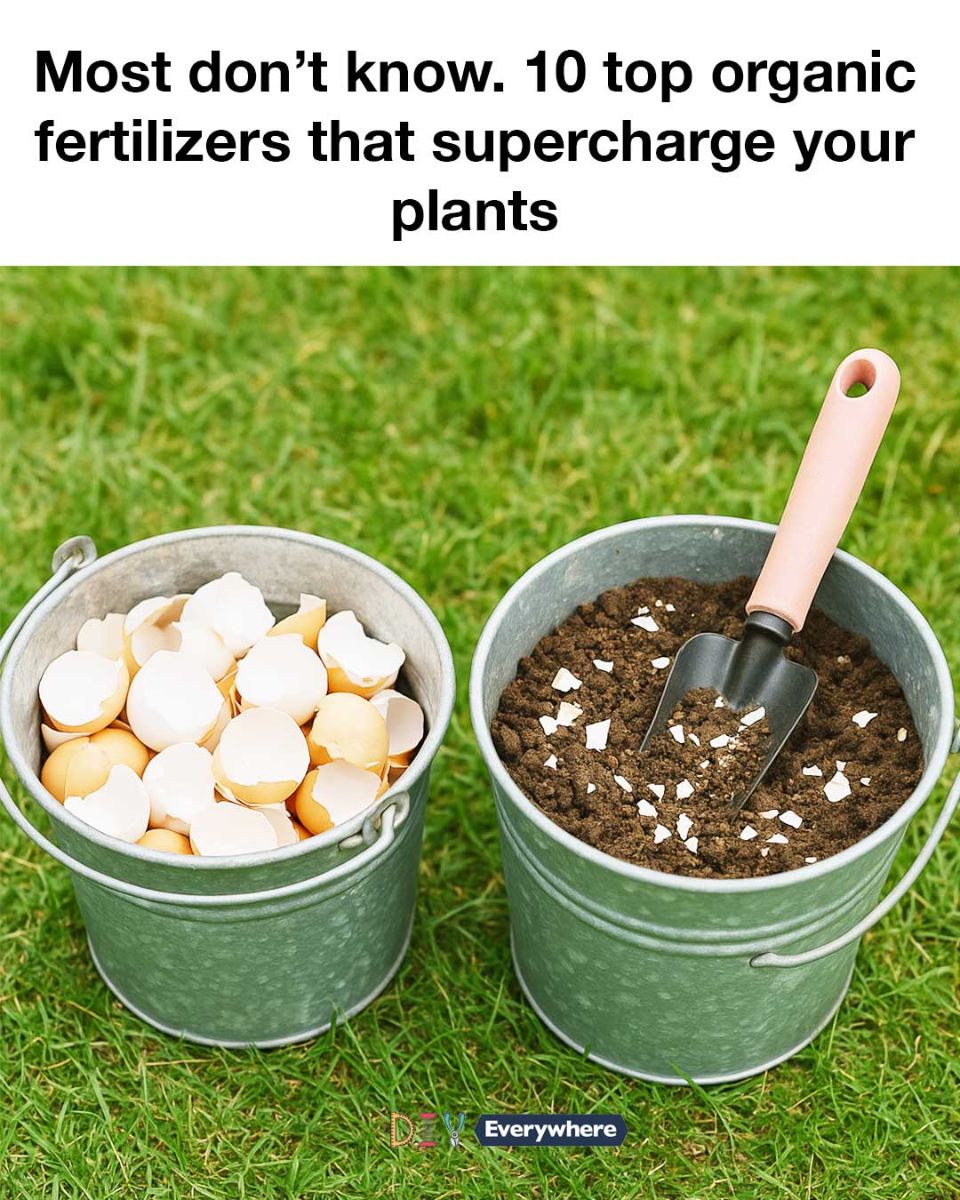ADVERTISEMENT
Fish emulsion is a liquid fertilizer made from whole fish or fish byproducts. It is rich in nitrogen, phosphorus, and potassium, as well as trace minerals and amino acids. Fish emulsion is known for its fast-acting properties, making it an ideal choice for giving plants a quick nutrient boost.
To use fish emulsion, dilute it with water according to the manufacturer’s instructions, typically at a ratio of 1 tablespoon per gallon of water. Apply the solution as a foliar spray or soil drench every 2-4 weeks during the growing season. Fish emulsion is particularly beneficial for leafy greens and other nitrogen-loving plants.
5. Blood Meal: A Nitrogen Powerhouse
Blood meal is a dry, powdered product made from animal blood, usually from cattle or pigs. It is one of the richest sources of nitrogen available, containing up to 13% nitrogen by weight. This makes it an excellent choice for promoting lush, green growth in plants.
To apply blood meal, sprinkle it evenly over the soil at a rate of 1-2 pounds per 100 square feet, or mix it into the soil before planting. Be cautious not to overapply, as excessive nitrogen can lead to burnt plants or excessive foliage growth at the expense of flowers and fruit. Blood meal is particularly useful for heavy feeders like corn, tomatoes, and leafy greens.
6. Manure: The Classic Organic Fertilizer
Manure has been used as a fertilizer for centuries, providing a rich source of nutrients and organic matter. Different types of manure, such as cow, horse, chicken, and sheep, vary in nutrient content and should be composted before use to reduce the risk of pathogens and weed seeds.
To use manure, apply it to the garden at a rate of 20-30 pounds per 100 square feet, and incorporate it into the soil. Manure improves soil structure, increases microbial activity, and provides a slow-release source of nutrients. It is particularly beneficial for improving poor or depleted soils.
7. Seaweed Extract: A Mineral-Rich Supplement
Seaweed extract is a natural fertilizer made from marine algae. It is rich in trace minerals, vitamins, and growth hormones that stimulate plant growth and improve stress tolerance. Seaweed extract is available in liquid or powdered form and can be used as a foliar spray or soil drench.
To use seaweed extract, dilute it with water according to the manufacturer’s instructions, typically at a ratio of 1-2 tablespoons per gallon of water. Apply the solution every 2-4 weeks during the growing season. Seaweed extract is particularly beneficial for improving plant resilience to environmental stresses such as drought, heat, and disease.
8. Coffee Grounds: A Sustainable Acidic Option
Used coffee grounds are a great source of nitrogen and can help improve soil structure and drainage. They are slightly acidic, making them an excellent choice for acid-loving plants like blueberries, azaleas, and rhododendrons.
To use coffee grounds, sprinkle them around the base of plants or mix them into the soil at a rate of 1 cup per square foot. Coffee grounds can also be added to compost piles to boost nitrogen content. They are a sustainable option for gardeners looking to recycle kitchen waste while enriching their soil.
9. Green Manure: Cover Crops for Soil Health
Green manure refers to cover crops that are grown specifically to be tilled back into the soil to improve its fertility and structure. Common green manure crops include clover, vetch, rye, and buckwheat. These plants fix nitrogen, suppress weeds, and prevent soil erosion.
To use green manure, sow the seeds in fall or early spring, and allow the plants to grow until they reach maturity. Before they set seed, cut them down and incorporate them into the soil. This practice adds organic matter, improves soil structure, and increases nutrient availability for subsequent crops.
10. Epsom Salt: Magnesium for Greener Leaves
Epsom salt is a naturally occurring mineral compound of magnesium and sulfate. It is used to correct magnesium deficiencies in plants, which can lead to yellowing leaves and poor growth. Epsom salt is particularly beneficial for tomatoes, peppers, and roses.
To use Epsom salt, dissolve 1 tablespoon in a gallon of water and apply as a foliar spray or soil drench every 4-6 weeks. Alternatively, sprinkle 1 tablespoon around the base of plants and water in. Epsom salt can help promote greener leaves, stronger stems, and improved flowering.
11. Banana Peels: Potassium-Rich Plant Food
Banana peels are a simple and effective way to provide potassium to your plants. Potassium is essential for overall plant health, aiding in photosynthesis, water regulation, and disease resistance.
To use banana peels, chop them into small pieces and bury them in the soil around the base of plants. Alternatively, you can soak banana peels in water for a few days to create a potassium-rich ‘banana tea’ that can be used as a liquid fertilizer. This natural option is particularly beneficial for flowering and fruiting plants, as potassium supports the development of blooms and fruit.
ADVERTISEMENT
